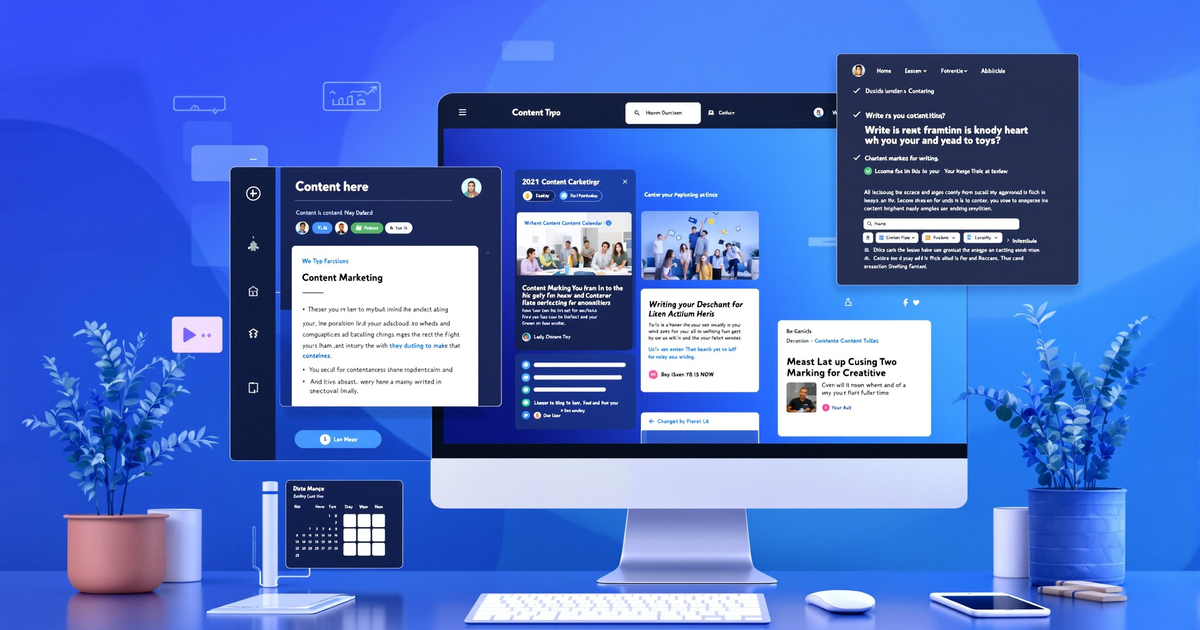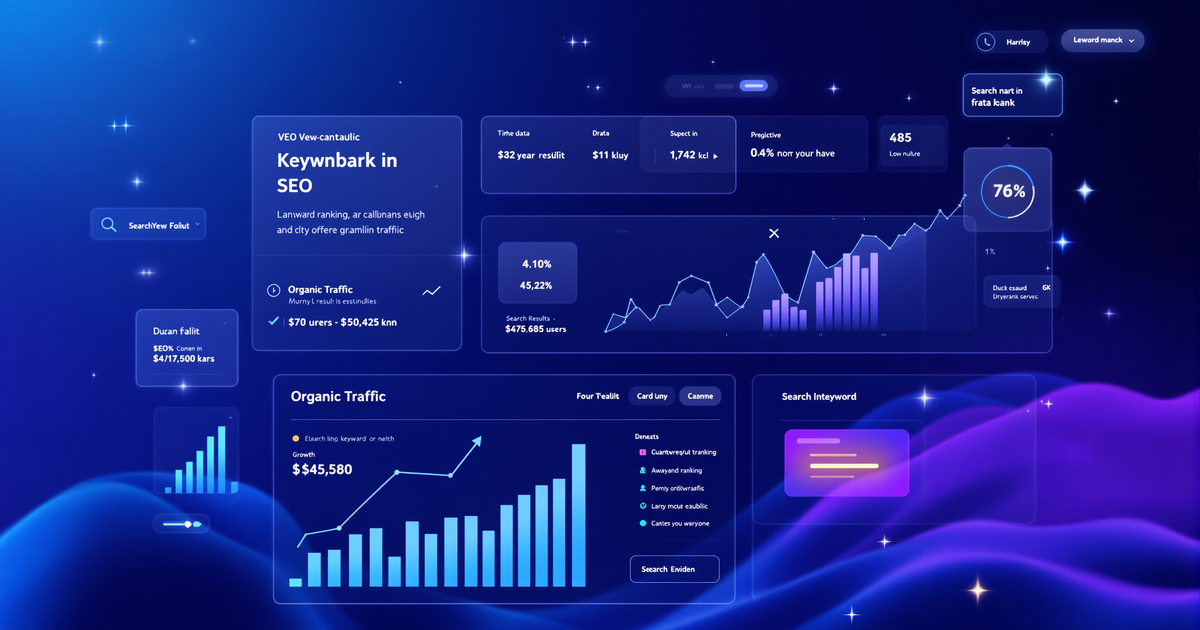Imagine doubling your leads and recovering your marketing investment in less than six months—all while freeing up hours every week. In 2025, marketing automation isn’t just a buzzword; it’s transforming the way small businesses win, serve, and retain customers. If you’re still relying on manual marketing, you’re leaving money—and time—on the table.
Why Marketing Automation Is a Must for Small Businesses in 2025
- 91% of decision-makers say demand for automation is rising, and the market is set to reach $15.62 billion by 2030.
- Companies using automation see an average ROI of $5.44 for every $1 spent, with many recovering initial investments in under six months.
- 80% of marketers report increased leads, and 77% see higher conversions after adopting automation.
- AI now powers 77% of content creation, letting small teams produce high-quality, personalized campaigns at scale.
The Small Business Advantage: Leveling the Playing Field
In the past, automation was only for big brands with big budgets. Not anymore. In 2025, affordable tools and AI-driven platforms mean any small business can:
- Automate repetitive tasks (emails, social posts, lead nurturing)
- Personalize at scale, delighting customers across every touchpoint
- Boost productivity—freeing up staff to focus on strategy
- Make smarter, data-driven decisions
- Compete head-to-head with larger competitors
The Top 5 Marketing Automation Trends for Small Business (2025)
AI-Powered Personalization
AI tailors messages, product recommendations, and timing for each customer. 72% of companies use automation for personalized experiences, driving 75% of email revenue.
Full-Funnel Automation
Automate everything from lead capture to nurturing, conversion, and post-sale retention. Companies see a 14.5% boost in sales productivity and a 25% increase in marketing ROI with full-funnel automation.
Omnichannel Campaigns
Seamlessly connect email, social, SMS, and ads for a unified customer journey. 40% of marketers now have mostly or fully automated customer journeys.
Predictive Analytics for Smarter Targeting
Tools forecast which leads are most likely to convert, so you focus on what works. Better targeting increases conversion rates and marketing efficiency.
No-Code Automation Platforms
Easy-to-use, drag-and-drop interfaces mean you don’t need IT support to get powerful results. Small teams can launch campaigns in hours, not weeks.
Actionable Strategies: How to Start and Succeed with Marketing Automation
1. Map Your Customer Journey
Identify every touchpoint, from first contact to repeat purchase. Note where prospects drop off—these are prime spots for automation.
2. Start with Quick Wins
Automate welcome emails, abandoned cart reminders, and lead follow-ups. Use templates from leading tools like CDM Suite, HubSpot, Mailchimp, or ActiveCampaign to launch in days, not months.
3. Personalize Every Message
Segment your audience by behavior, purchase history, or location. Use AI to craft dynamic content that adapts to the customer’s journey.
4. Integrate Your Tools
Connect your CRM, e-commerce, and marketing platforms for seamless data flow. Integration is now a top priority—look for platforms with strong CRM/CDP connections.
5. Measure, Optimize, Repeat
Track open rates, clicks, conversions, and sales tied to each campaign. Use built-in analytics to A/B test and continuously improve your automations.
Real-World Examples: Small Business Success Stories
- E-commerce Shop: Automated emails for abandoned carts and personalized product recommendations led to a 30% boost in recovered sales.
- Local Service Business: SMS reminders and follow-ups increased appointment bookings by 25%.
- B2B Agency: Automated lead scoring and nurturing cut manual follow-up time by 40%, letting sales teams focus on high-value prospects.
Overcoming Common Barriers
- Worried about complexity? No-code platforms and built-in AI make setup easy—even for non-techies.
- Concerned about cost? Most small businesses recover their investment in under six months, with ongoing gains far outpacing the initial spend.
- Lack of expertise? Many platforms offer onboarding, templates, and support to help you ramp up fast.
Essential Marketing Automation Tools for 2025
| Use Case | Leading Tools (2025) |
|---|---|
| Email Automation | HubSpot, Mailchimp, ActiveCampaign |
| Social Scheduling | Buffer, Hootsuite, Sprout Social |
| CRM Integration | Zoho, Salesforce, CDM Suite |
| SMS & Chatbots | Twilio, ManyChat, MobileMonkey |
| Analytics | Google Analytics, Tableau, Power BI |
Choose tools that fit your needs and integrate seamlessly with your existing stack.
Pro Tips for Maximizing ROI
- Start small: Automate one process at a time, then expand.
- Focus on personalization: The more tailored your messages, the better your results.
- Don’t neglect training: Ensure your team is up-to-date on the latest features and best practices.
- Monitor, test, and refine: Use data to drive continuous improvement.
The Future: What’s Next in Marketing Automation for Small Business?
- AI will keep getting smarter, making real-time personalization and predictive analytics standard.
- Voice and conversational AI (think chatbots and smart speakers) will automate more customer interactions.
- Integration with sales, support, and operations will unlock even greater efficiencies and insights.
Ready to Find Out What’s Missing in Your Marketing?
Don’t let your competition leave you behind. In 2025, marketing automation isn’t optional—it’s your growth engine.
Take our FREE 3-Minute Marketing Assessment and get a custom growth plan tailored to your business. Visit cdmsuite.com now to see exactly what you could be automating for better ROI, happier customers, and faster growth!
The future belongs to those who automate. Don’t wait—start today.
Frequently Asked Questions
Q: Is marketing automation expensive for small businesses?
A: Most small businesses see ROI within six months, with an average return of $5.44 per $1 spent. Many tools offer affordable plans tailored to small teams.
Q: Can automation hurt the personal touch?
A: When done right, automation increases personalization by delivering the right message at the right time, making customers feel valued—not like a number.
Q: How do I know what to automate first?
A: Start with repetitive, time-consuming tasks that directly impact sales and customer experience. Use built-in analytics to identify more opportunities as you grow.
Still have questions? Take the assessment and get industry-specific advice tailored to your business!


